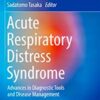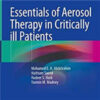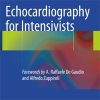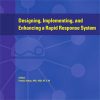Predicting Adverse Outcomes in COVID-19 Patients Using BV5%
erj.ersjournals.com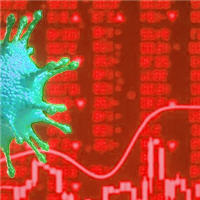
Evidence suggests that vascular inflammation and thrombosis may be important drivers of poor clinical outcomes in patients with COVID-19. We hypothesized that a significant decrease in the percentage of blood vessels with a cross-sectional area between 1.25–5 mm2 (BV5%) on chest computed tomography (CT) in COVID-19 patients is predictive of adverse clinical outcomes.
This data suggests BV5% as a novel biomarker for predicting adverse outcomes in patients with COVID-19 seeking acute medical care.
BV5% was predictive of outcomes in COVID-19 patients in a multivariate model, with a BV5% threshold below 25% associated with an odds ratio (OR) 5.58 for death, OR 3.20 for intubation, and OR 2.54 for the composite of death or intubation.
A model using age and BV5% had an area under the receiver operating characteristic curve 0.85 to predict the composite of intubation or death in COVID-19 patients.
BV5% was not predictive of clinical outcomes in patients without COVID-19.





